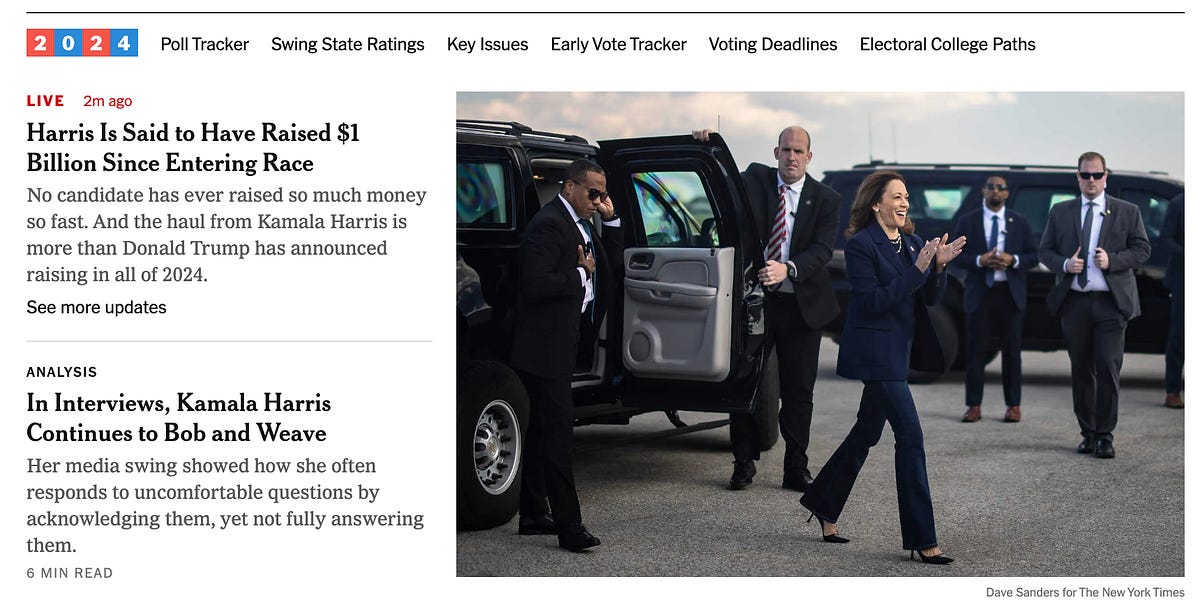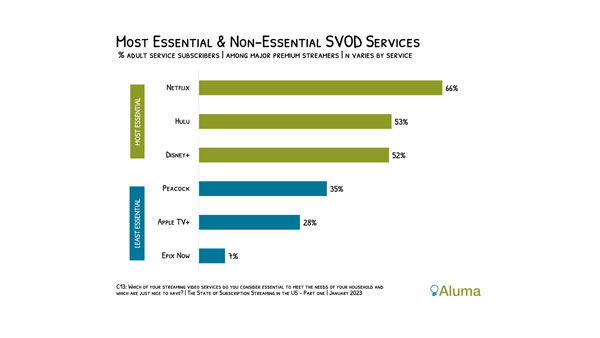As the first quarter of 2023 comes to a close, executives in the manufacturing sector have a lot on their minds. Concerns with maintaining supply chains, the threat of rising inflation, and keeping up with the latest consumer trends are just some of those concerns. However, one issue that should remain top of mind is the potential for bribery and corruption risks.
As described in its annual Bribery and Corruption Outlook, attorneys at Hogan Lovells describe how the manufacturing sector’s heightened demand in 2023 and beyond creates a higher risk profile for bribery and corruption. This article outlines the considerations that executives should consider to minimize exposure.
As the global economy rebounds from the Covid-19 pandemic, supply chain constraints continue, while manufacturing continues to increase. This creates more pressure for companies to scrutinize where they can source raw materials and labor for their manufacturing needs.
Throughout all of this, the federal and state governments have engaged in public-private partnerships to build the infrastructure of the future. In 2021, the Biden administration touted that “Infrastructure Week” was now a reality, not just a concept. With the Infrastructure Investment and Job Act signed into the law, the federal government made the single largest, long-term investment in infrastructure in U.S. history. Under the law, the federal government is spending $550 billion over fiscal years 2022-2026 on projects improving roads, bridges, mass transit, water and air ports, ensuring resilience of existing projects, and expanding broadband access. These projects lead to more players looking to procure materials to fulfill these projects.
As this money flows freely, demand from the manufacturing sector has increased. However, on top of this high demand, the sector remains at high risk of exposure to bribery and corruption for myriad reasons. First, the sector relies on decentralized operations and inventory storage in multiple areas, including offshore markets. Second, because of these decentralized operations, the sector relies on complex supply chains, which in turn rely on a network of distributors and agents. Third, these distributors and agents need contracts, licenses, permits, and clearances — often from government officials. This means they must interact with international, national and local regulatory regimes. Due to the varying federal, state, and local political incentives, this varies wildly from one part of the U.S. to the next. Fourth, due to complex corporate structures, companies in the manufacturing sector may have difficulty ensuring they have proper oversight to follow their own anti-bribery and corruption policies.
These factors contributed to the sector’s ranking as the third highest in terms of cases of fraud, according to the Association of Certified Fraud Examiners’ 2022 global study on occupational fraud.
Additionally, Foreign Corrupt Practices Act enforcement actions from 2022 demonstrate that risk in the sector remains high. According to the FCPA Clearinghouse, eight groups of related FCPA enforcement actions were initiated in 2022 alone. Of those actions, 25% were against companies within the sector, in which the companies were ordered to pay significant fines in the tens of millions of dollars.
Also on the horizon are international initiatives, like the Infrastructure Anti-Corruption Toolbox (I ACT). The I ACT was launched by Secretary of State Antony Blinken at the Organization for Economic Co-operation and Development (OECD) in 2021 and allows OECD countries to create and develop tools to detect and prevent corruption in infrastructure projects. In 2022, the OECD continued to build upon I ACT and is anticipated to further develop tools under the framework in 2023, making the manufacturing sector a target for enhanced scrutiny.
Given the possibilities of risk exposure, companies in the manufacturing sector should take enforcement actions and international initiatives, like I ACT, into account when working with governments or their officials as agencies look to spend on infrastructure projects. The best way to defend against this risk is to have a strong offense. That is, to mitigate risk, executives should ensure that their legal and compliance departments conduct heightened diligence throughout the life cycle of a project.
First, companies should review their existing compliance programs to determine whether their policies and procedures are up to the task to detect and prevent bribery and corruption risk. It is especially important given the sector’s reliance on foreign raw materials and labor, and the post-pandemic business world. What worked in the past, may not work now.
Second, companies should reassess and reevaluate the locations where they do business periodically so that they can accurately monitor and assess risk exposure. Companies may have expanded the locations from where they are sourcing materials for their manufacturing needs, and revisiting this risk profile is useful to identify and put in place programs to thwart potential bribery and corruption.
Finally, companies should ensure that their distributors and agents are following the company’s anti-bribery and corruption policies and procedures. That means, monitoring the distributors’ and agents’ activities to ensure compliance with these policies and procedures. As there is increased demand for limited resources, the potential risk of bribery and corruption increases exponentially, especially with distributors and agents.
In short, as the federal government looks to take advantage of the return to “normal” following the pandemic, it will look to execute on the capital commitments made in the Infrastructure Investment and Job Act. With all of this spending, enforcement agencies will be scrutinizing how those funds are being used to ensure no one is misappropriating funds or using them to make illicit payments. Under this backdrop, we recommend you invest in your compliance efforts now and scrutinize internal operations to ensure you don’t run afoul of bribery and corruption issues.
























































![Key Metrics for Social Media Marketing [Infographic] Key Metrics for Social Media Marketing [Infographic]](https://www.socialmediatoday.com/imgproxy/nP1lliSbrTbUmhFV6RdAz9qJZFvsstq3IG6orLUMMls/g:ce/rs:fit:770:435/bG9jYWw6Ly8vZGl2ZWltYWdlL3NvY2lhbF9tZWRpYV9yb2lfaW5vZ3JhcGhpYzIucG5n.webp)















